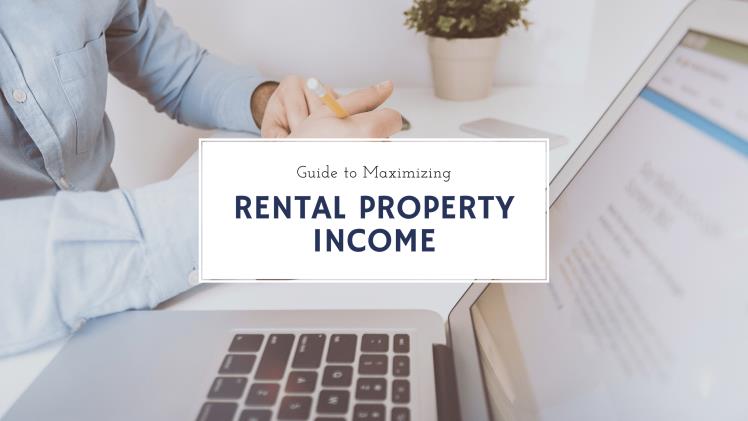The key to managing your rental property income is to budget for repairs and expenses. A rental property owner should set aside thirty to fifty percent of their income for repairs Rajabandot. They should also allocate funds for insurance and taxes. They should put this money in a separate account for each rental property. Having a separate account for each rental property helps keep expenses in check and helps identify problematic properties key4d.
If you want to track all of your income and expenses, you can create a spreadsheet waslot. This spreadsheet starts with the stats of the property and includes sections for rent, late fees, maintenance, and utilities. This will automatically calculate totals for each category. You can easily modify the spreadsheet to meet your specific needs.
Another important step in managing rental property income is opening a separate bank account for each property rogtoto. This will allow you to easily track your income and expenses and reduce the chance of tax troubles. You should also keep a separate savings account for your tenants’ security deposits. Many state landlord/tenant laws require landlords to hold tenants’ security deposits in a separate savings account, and some require landlords to keep track of the interest earned on security deposits. This will prevent the security deposits from being spent on things other than renting out the property.
If you have more than one rental property, you should consider hiring an assistant to manage your portfolio. While you may be comfortable managing your own properties, hiring an assistant to handle software admin and bookkeeping can free up your time. You can also hire someone to do the lease signing and tenant onboarding expotab. Start small, and gradually add more properties to your portfolio. In the meantime, make sure to invest in the home improvements that renters and buyers will love. Upgrades include big windows, energy-efficient appliances, and nice flooring.

